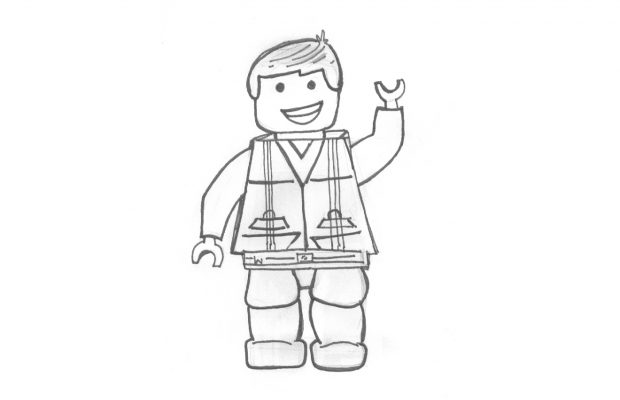The Lego Movie 2: the second part was out of the box

Before seeing the second lego movie, I thought I was in for some typical children’s entertainment. I thought it would be just another hero arc, where my main man Emmet would be back at it again overcoming whatever obstacle he faced. Whoopty doo, yet another happy ever after after conquering another falsely constructed challenge. Of course that’s just what I thought I’d see, and I’m not saying that there really is anything wrong with movies like that. It’s just, what I didn’t expect to see were some deeply interwoven moral themes and pop culture references that make the “Lego Movie 2: The Second Part” just that much more worth seeing.
Anyone can really ramble on about the plot elements of the movie and how they were funny considering the parallels to real life and growing up with siblings. How the adventures of all the legos were just the imaginative world of a kid, and how the doomsday for the legos was “Armomagedin,” or “Our momma get in,” where the legos would be sent off to storage. On some level these elements do make it a good film. But I’d rather focus on the small details and references that make this movie experience great.
Take for example, the scene with lego Bruce Willis. When he was introduced in the movie, he was inside of an air vent, a reference to the “Die Hard” movie series. Another example would be Rex Dangervest, a reference to other movie franchises that Chris Pratt (voice actor for Emmet), played in. It’s no coincidence that Rex is a “galaxy defending” (“Guardians of the Galaxy”), “archeologist” (Pratt rumored to play Indiana Jones), “cowboy” (“The Magnificent Seven”), “raptor trainer” (“Jurassic World”), and has “chiseled features previously hidden under baby fat” (“Parks and Rec” to movie star). As a film riddled with pop culture references that only older audience members will catch onto, it’s esoteric to watch.
The film further tackles themes of depression and self-worth — a message that anyone can take home. With the song “Everything is Not Awesome,” the film points out how there’s no use in not working towards something ideal, even when things don’t shape up the way you want. And this message was portrayed in a surprisingly striking way. It was interesting to see how the film’s message wasn’t insensitive, and was presented in a manner that could open audiences up.
After seeing the movie, I can say that it isn’t just for kids. It’s for parents too. Heck, it’s for anyone who wants to see it. To me, the movie was really about all the moral themes and small references that are scattered throughout the film, that make you smile whenever you can catch it.

